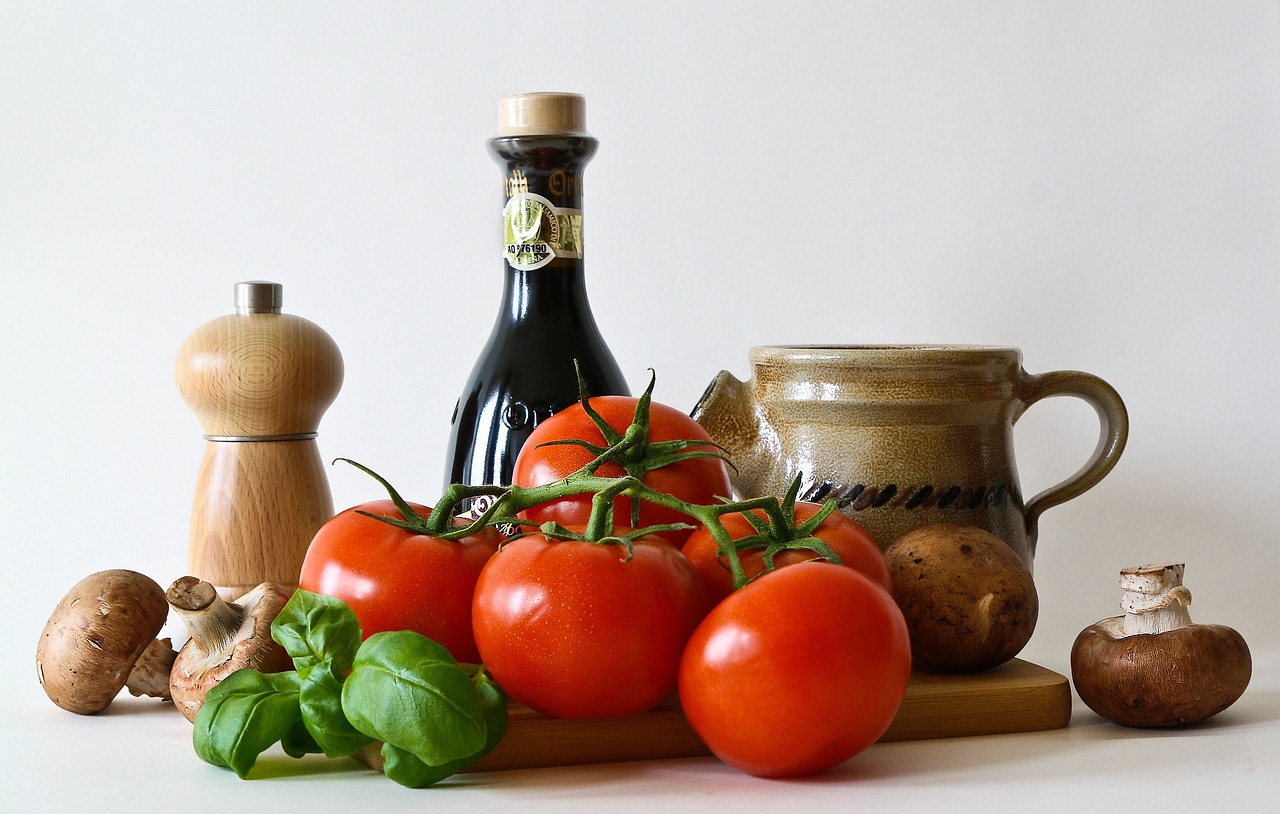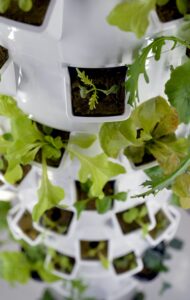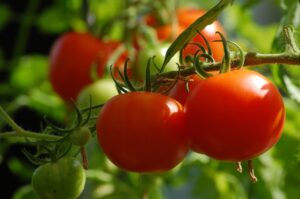|
Getting your Trinity Audio player ready...
|
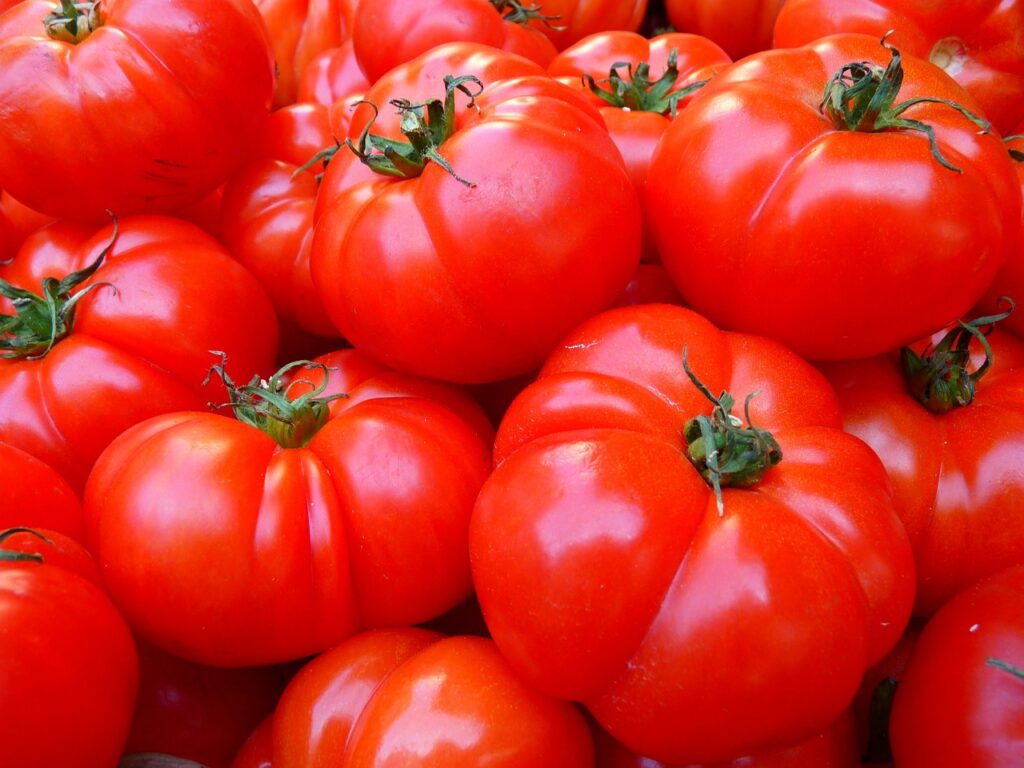
Tomatoes are a staple in many kitchens around the world, prized for their versatility, flavor, and nutritional value. Growing tomatoes at home is a fulfilling and rewarding endeavor, allowing you to enjoy fresh, flavorful tomatoes right from your garden. Whether you’re a seasoned gardener or a beginner, this comprehensive guide will walk you through the step-
- Introduction
- Choosing the Right Tomato Varieties
- Selecting the Perfect Location
- Preparing the Soil
- Starting from Seeds vs. Buying Seedlings
- Planting Your Tomato Seeds or Seedlings
- Caring for Your Tomato Plants
- Pruning and Training Your Tomato Plants
- Managing Pests and Diseases
- Harvesting and Storing Your Tomatoes
- Delicious Tomato Recipes
- Conclusion
Tomatoes are a warm-season crop that thrives in well-drained, sunny locations. They are a popular choice for home gardeners due to their ease of cultivation and the satisfaction of watching them grow and produce. From juicy slices in a fresh salad to a rich base for sauces, tomatoes are incredibly versatile and can be grown in various types of gardens, including traditional outdoor gardens, raised beds, containers, or even indoors. This guide will cover the fundamental steps to successfully grow tomatoes at home, regardless of your gardening experience.
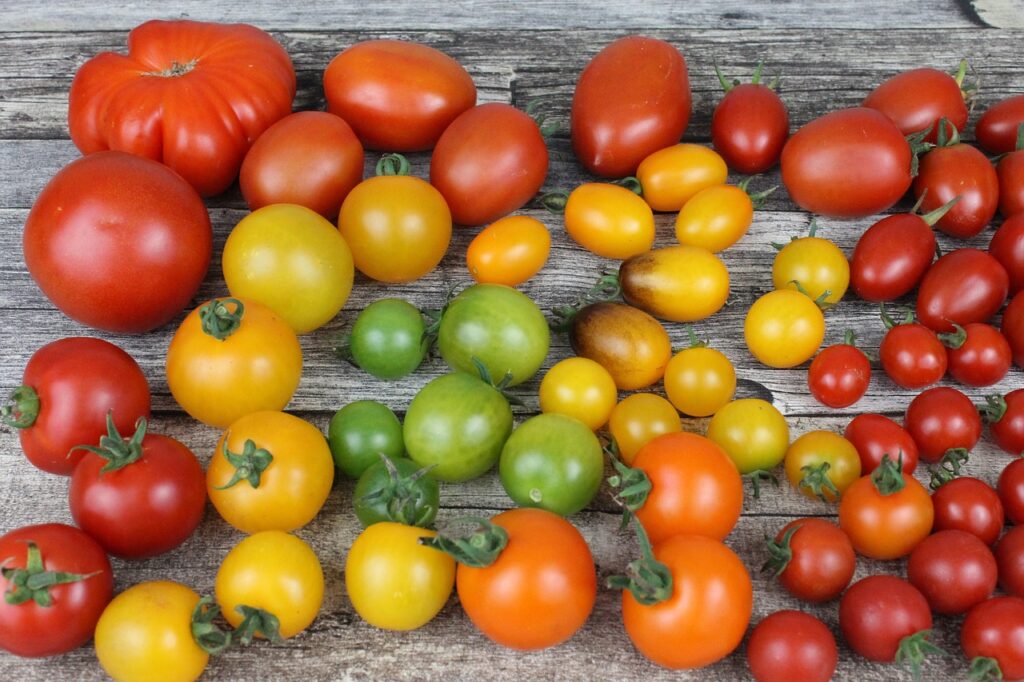
Choosing the Right Tomato Varieties
Tomatoes come in a vast array of varieties, each with unique characteristics in terms of flavor, size, color, and growth habits. When choosing tomato varieties for your home garden, consider factors such as your climate, available space, and personal taste preferences. Some popular varieties suitable for home cultivation include:
- Cherry Tomatoes (Sun Gold)
- Small, sweet tomatoes, perfect for snacking and salads.
- Beefsteak Tomatoes (Brandywine)
- Large, meaty tomatoes ideal for slicing and sandwiches.
- Determinate Tomatoes (Roma, Celebrity)
- Compact plants suitable for smaller spaces, great for canning and sauces.
- Indeterminate Tomatoes (Early Girl, Better Boy)
- Vining plants that continue to grow and produce throughout the season.
- Heirloom Tomatoes (Cherokee Purple, Green Zebra)
- Unique, open-pollinated varieties with diverse flavors and appearances.
Selecting a mix of tomato varieties can provide a variety of flavors and uses throughout the growing season.
Selecting the Perfect Location
Tomatoes thrive in full sun, requiring a minimum of 6-8 hours of sunlight daily. When choosing a location, ensure the spot offers ample sunlight and good air circulation to prevent diseases. Additionally, consider the following factors:
- Soil Drainage: Opt for well-drained soil to prevent waterlogging, which can lead to root rot and other issues.
- Proximity to Water: Position your tomatoes near a water source to make watering more convenient.
- Wind Protection: If possible, choose a location with some wind protection, as strong winds can damage tomato plants.
Preparing the Soil
Tomatoes prefer slightly acidic to neutral soil with a pH range of 6.0 to 7.0. Prepare the soil by following these steps:
- Soil Testing:
- Conduct a soil test to determine its pH and nutrient levels. Amend the soil accordingly to achieve the desired pH.
- Adding Organic Matter:
- Incorporate well-rotted compost or aged manure into the soil to improve its structure, fertility, and moisture retention.
- Fertilizing:
- Apply a balanced fertilizer or a fertilizer specifically formulated for tomatoes, following package instructions.
- Mulching:
- Apply a layer of organic mulch (e.g., straw, wood chips) around the base of the plants to retain soil moisture, suppress weeds, and regulate soil temperature.
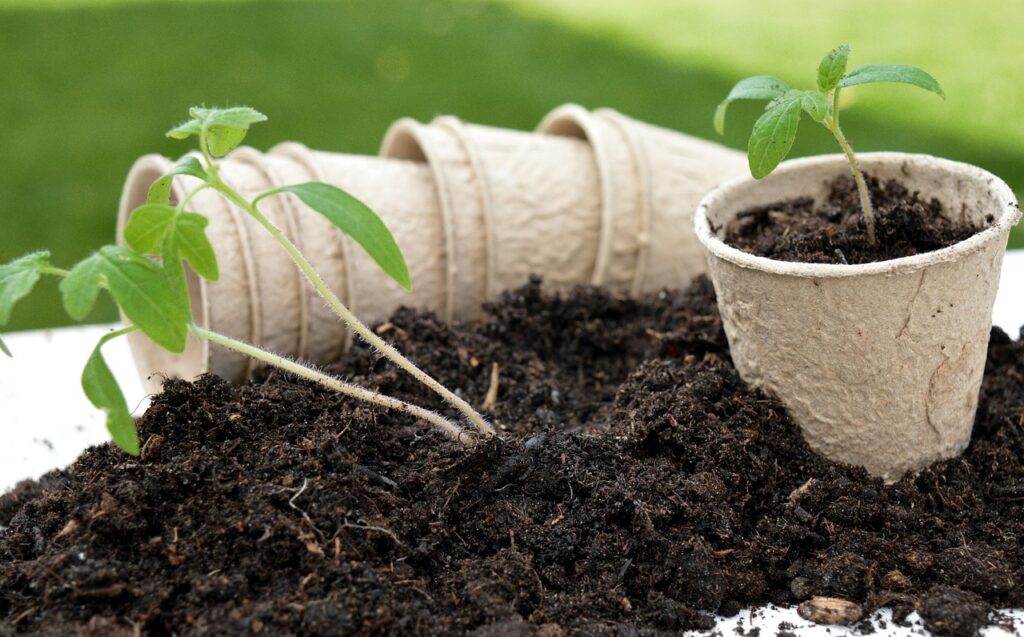
Starting from Seeds vs. Buying Seedlings
You have the option to start your tomatoes from seeds or purchase young seedlings from a nursery. Both methods have their advantages:
- Starting from Seeds:
- Provides a broader range of tomato varieties to choose from.
- Allows you to have control over the entire growing process, from germination to harvest.
- Generally more cost-effective.
- Buying Seedlings:
- Saves time and effort, particularly for beginners.
- Ensures a head start in the growing process, leading to earlier fruiting.
- Helpful if you have limited indoor space and equipment for seed starting.
Choose the method that aligns with your gardening preferences and timeline.
Planting Your Tomato Seeds or Seedlings
Whether you start with seeds or seedlings, follow these steps for successful planting:
- Timing:
- Start seeds indoors 6-8 weeks before the last expected frost date in your area. Transplant seedlings outdoors after the danger of frost has passed.
- Transplanting:
- When transplanting seedlings, dig a hole slightly deeper than the root ball and space them according to the variety (usually 18-36 inches apart).
- Watering:
- Water the newly transplanted seedlings thoroughly to reduce transplant shock.
- Supporting Your Plants:
- Place stakes, cages, or trellises near the young plants to support them as they grow.
Caring for Your Tomato Plants
Tomatoes require consistent care to thrive and produce a bountiful harvest. Here are essential care guidelines:
- Watering:
- Maintain consistent moisture in the soil, particularly during dry spells and as the fruit begins to form.
- Water the base of the plants early in the day to prevent fungal issues.
- Fertilizing:
- Feed your tomato plants with a balanced fertilizer or a fertilizer high in phosphorus to promote fruiting.
- Weeding:
- Regularly remove weeds to reduce competition for nutrients and ensure optimal growth.
- Mulching:
- Renew the mulch layer as needed to help retain soil moisture and control weeds.
- Monitoring Growth:
- Keep an eye on your plants for signs of pests, diseases, or nutrient deficiencies. Address issues promptly.
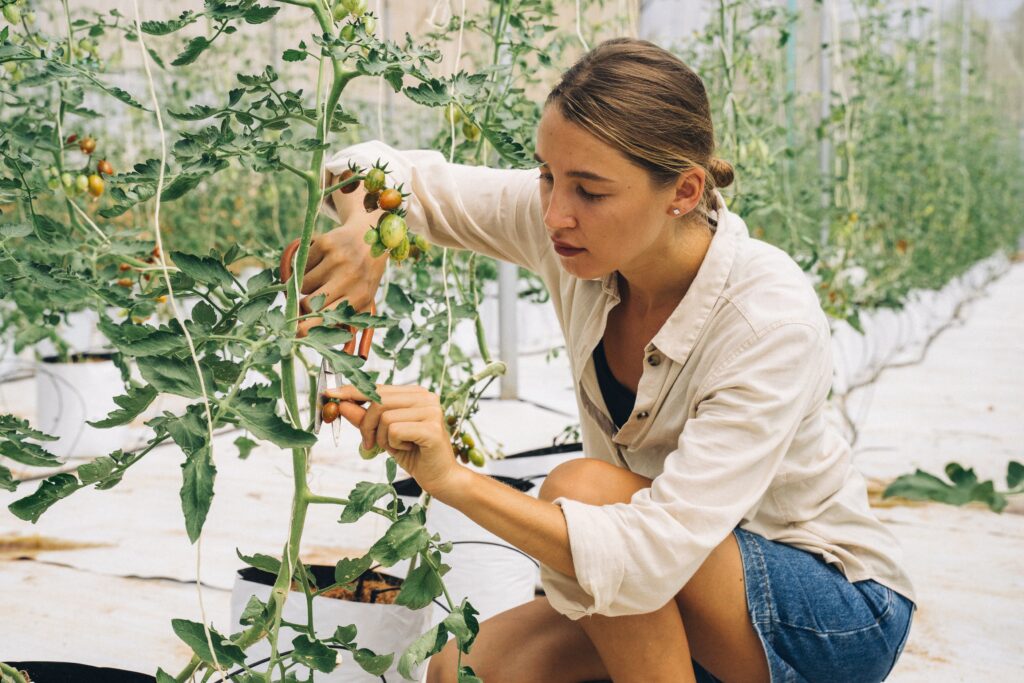
Pruning and Training Your Tomato Plants
Pruning and training your tomato plants help improve air circulation, reduce disease risk, and promote better fruit development. Here’s how to do it:
- Suckering:
- Pinch off the suckers (small shoots that form in the leaf axils) regularly to encourage stronger main stems and larger fruits.
- Staking:
- Tie the main stem to a stake or trellis as the plant grows, ensuring it remains upright and well-supported.
- Caging:
- Place a cage around the plant to support its growth and keep it from sprawling.
- Pruning:
- Trim excess foliage, especially the lower leaves, to improve airflow and reduce the risk of fungal diseases.
